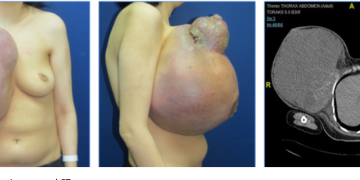- Glanzman thromboasthenia
- Hemophilia A
- Hemophilia B
- Von Willibrand factor deficiency
Von Willebrand disease is characterized by prolonged bleeding time and a prolonged PTT. The prothrombin time is normal.
In Hemophilia A (factor VIII deficiency) and B (factor IX deficiency) – bleeding time is normal, APTT is prolonged
Glanzmann thrombasthenia is a genetic platelet disorder in which the platelet glycoprotein IIb/IIIa (GP IIb/IIIa) complex is either deficient or present but dysfunctional. Prothrombin time and PTT is normal with prolonged bleeding time
Von Willebrand disease
It is an Autosomal dominant disease (most common inheritance)
It is the most common inherited bleeding disorder
Menorrhagea is a common manifestation of VWD.
VWF serves two roles: (1) as the major adhesion molecule (large VWF multimers) that tethers
the platelet to the exposed subendothelium
(2) as the binding protein for FVIII, resulting in significant prolongation
of the FVIII half-life in circulation.
VWD has been classified into three major types
Type 1 VWD –decrease in VWF protein, VWF function, and FVIII levels
It is the most common type
Type 2 VWD – have functional defects in VWF
Type 3 VWD or severe VWD – virtually no VWF protein and FVIII levels <10%
Investigations
Bleeding time is increased (normal in Hemophilia)
Clotting time is increased
Prolonged PTT
Normal Prothrombin time
Decreased factor VIII
Decreased Ristocetin cofactor ( normal in Hemophilia)
Treatment
1-deamino-8-d-arginine vasopressin (DDAVP, or desmopressin) – usual dose is 0.3 g/kg intravenously or 2 squirts (1 in each nostril) for patients >50 kg (1 squirt for those <50 kg).
VWF replacement in severe cases
Epsilon aminocaproic acid or tranexamic acid – for the prevention or treatment of mucosal bleeding.
Coagulation pathway






Discussion about this post